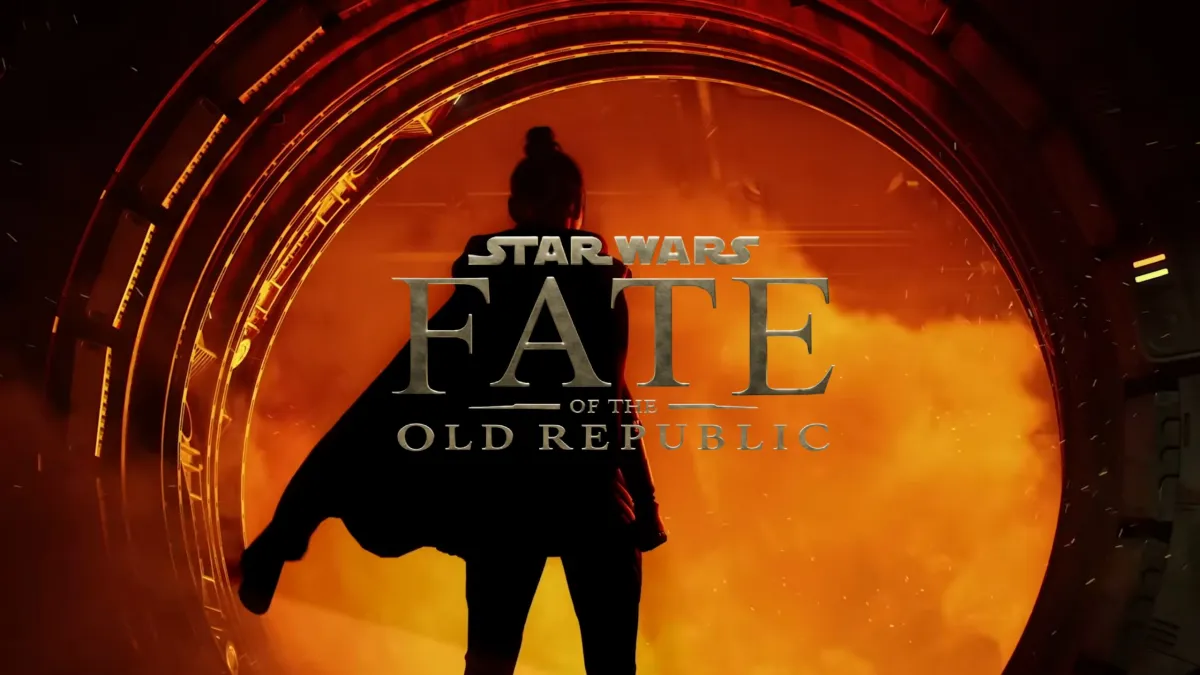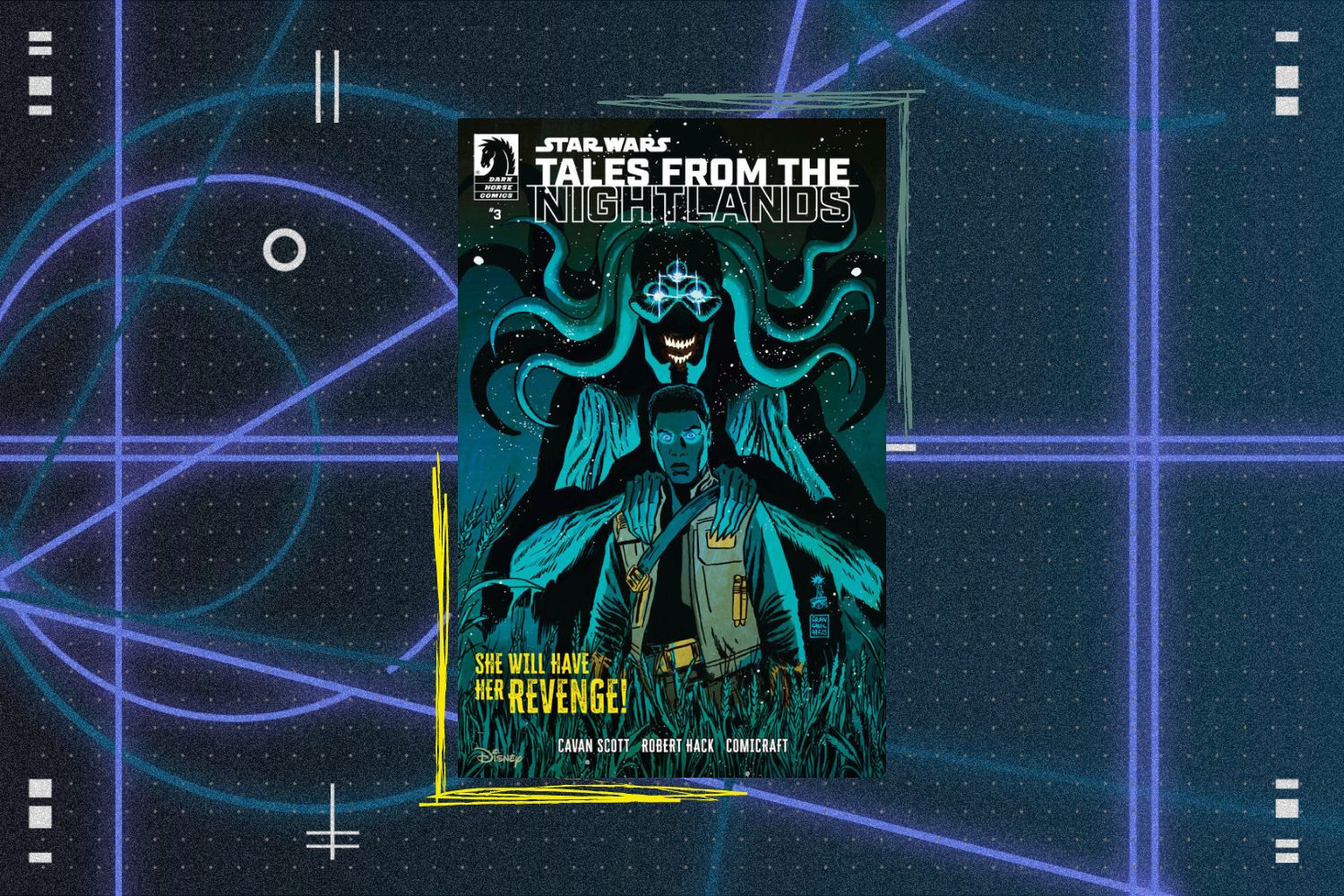
Order 66
Explore the pivotal Star Wars moment "Order 66" with books and comics detailing the Jedi purge, the rise of the Empire, Darth Vader, and the galaxy's dark times.
Order 66
With this short, seven-word transmission to the Grand Army of the Republic, Chancellor Palpatine—having finally revealed himself as Darth Sidious—brings to fruition a millennium of Sith plotting and patience by ushering in the end of the Jedi Order.
As the Clone Wars continue to rage across the galaxy, clone troopers turn on their Jedi generals, whom they now believe to be traitors to the Republic. Few would survive the initial onslaught and the relentless purge follows.
Though the Sith plan to destroy the Jedi began a thousand years earlier—and has roots even further back in galactic history—the exact method began taking shape much more recently. When a Jedi Master commissions a clone army to protect the Republic, Sidious sees a chance to sow the seeds of the Order’s ultimate downfall and hijacks the project.
Interestingly, Star Wars storytelling has taken two different approaches to explain how the protocol turns the clone troopers against their generals. Karen Traviss’s works—now part of Legends—present the contingency order as something instilled into the clones as part of their training. Later, in The Clone Wars television series and all the Canon works that follow, we find that the protocol was encoded in the behavior modification biochips implanted in the clones’ brains as part of the cloning process.
Regardless of whether Order 66 was a function of training or literally wired into the clones, its effects were profound. Thousands of Jedi died nearly instantaneously, and many more fell to Darth Vader and the inquisitors, while the galaxy plunged into the “dark times.”











